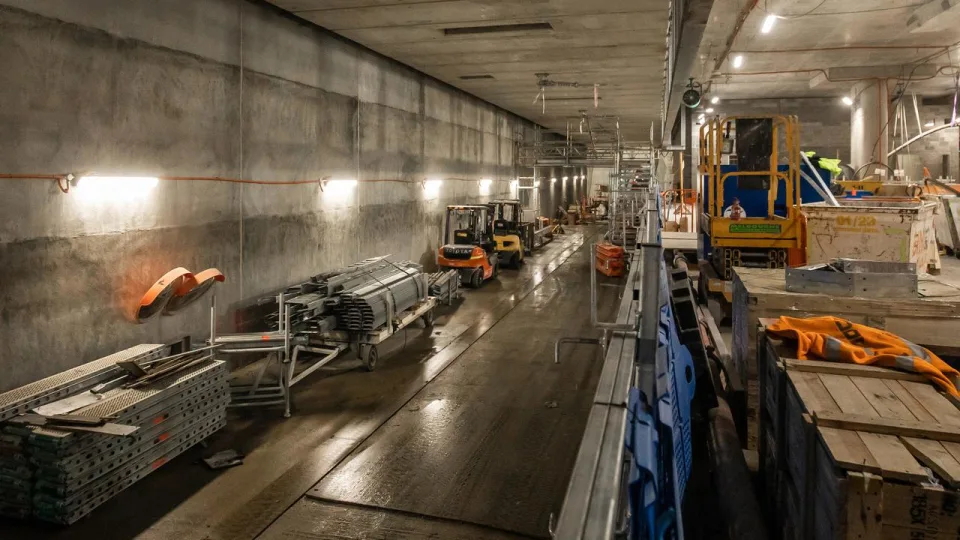Testing will begin on Melbourne’s newest train station.
Construction on Arden Station, the first of five brand new railway stations as part of the state’s metro tunnel project, has finished with testing to begin shortly.
Premier Jacinta Allan says the “impressive” station was the first piece of infrastructure to be opened in the Arden precinct, which by the early 2050s will be home to 20,000 people and 34,000 jobs.
“Over the course of 2024, we’ll see the other four stations be completed and the work here at Arden has been accelerated because it is very much the template station,” Ms Allan told reporters on Monday.
Different parts of the system would be tested, including elevators, lifts, passenger information and for the first time on the Victorian network, passenger screen doors, she said.

The $12.6 billion project is meant to open later this year, with the new North Melbourne, Parkville, State Library, Town Hall and Anzac stations to take three busy train lines out of the congested City Loop.
Tunnelling began in 2018 and its the largest investment in Melbourne’s CBD rail capacity since the City Loop was completed 30 years ago.
The metro tunnel will create an end-to-end rail line from Sunbury in the west to Cranbourne/Pakenham in the southeast.
Next-generation signalling technology will be used to run trains, allowing for turn-up-and-go services during peak times.
Under the project 330,000 tonnes of rock and soil has been removed, 3000 lights installed and 104,00 handmade bricks laid to create the entrance to Arden station.
The bill to Victorian taxpayers for the tunnel has blown out from the initial $11 billion cost, after the state government and consortium each agreed to pay $1.37 billion more in 2020 – an even split of an extra $2.74 billion in costs.
Another $281 million in COVID-related payments was tacked on in May, taking the total taxpayer cost to $12.6 billion.
Opposition leader John Pesutto said the cost blowout showed the state government needed to account for every dollar that’s spent on major projects.
“We’re seeing billions of dollars in cost overruns, and we’ve called for greater transparency and greater oversight of major projects,” he told reporters on Monday.
He said news that the government had paid Tennis Australia $63 million so it wouldn’t become insolvent during COVID-19 outbreak – without disclosing it to Victorians – was another example of poor money management.
Ms Allan didn’t answer questions on whether the government would ask Tennis Australia to pay back the funding now that it was financially profitable, instead highlighting how many jobs were created and the tourism it brought to the state.

